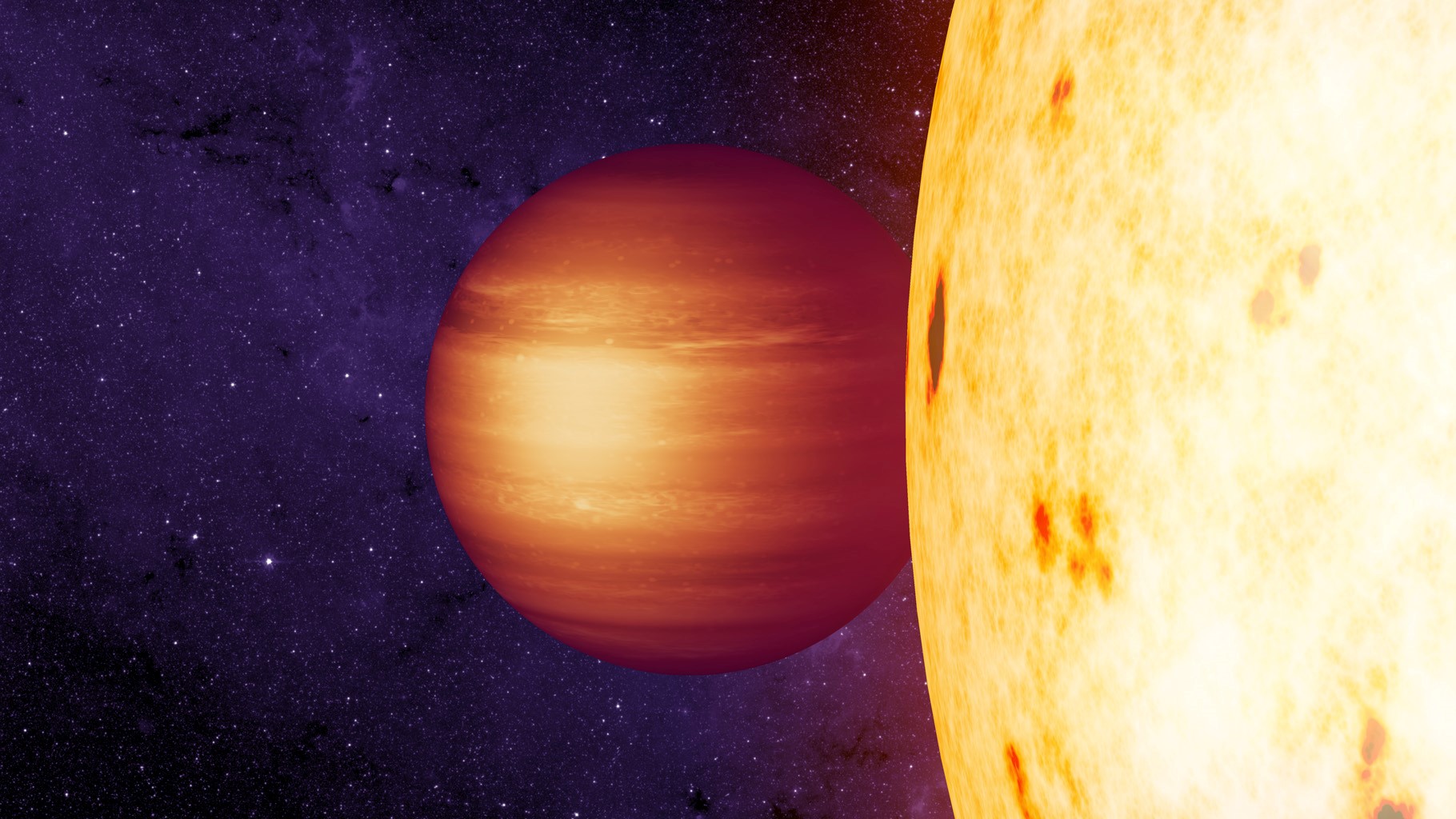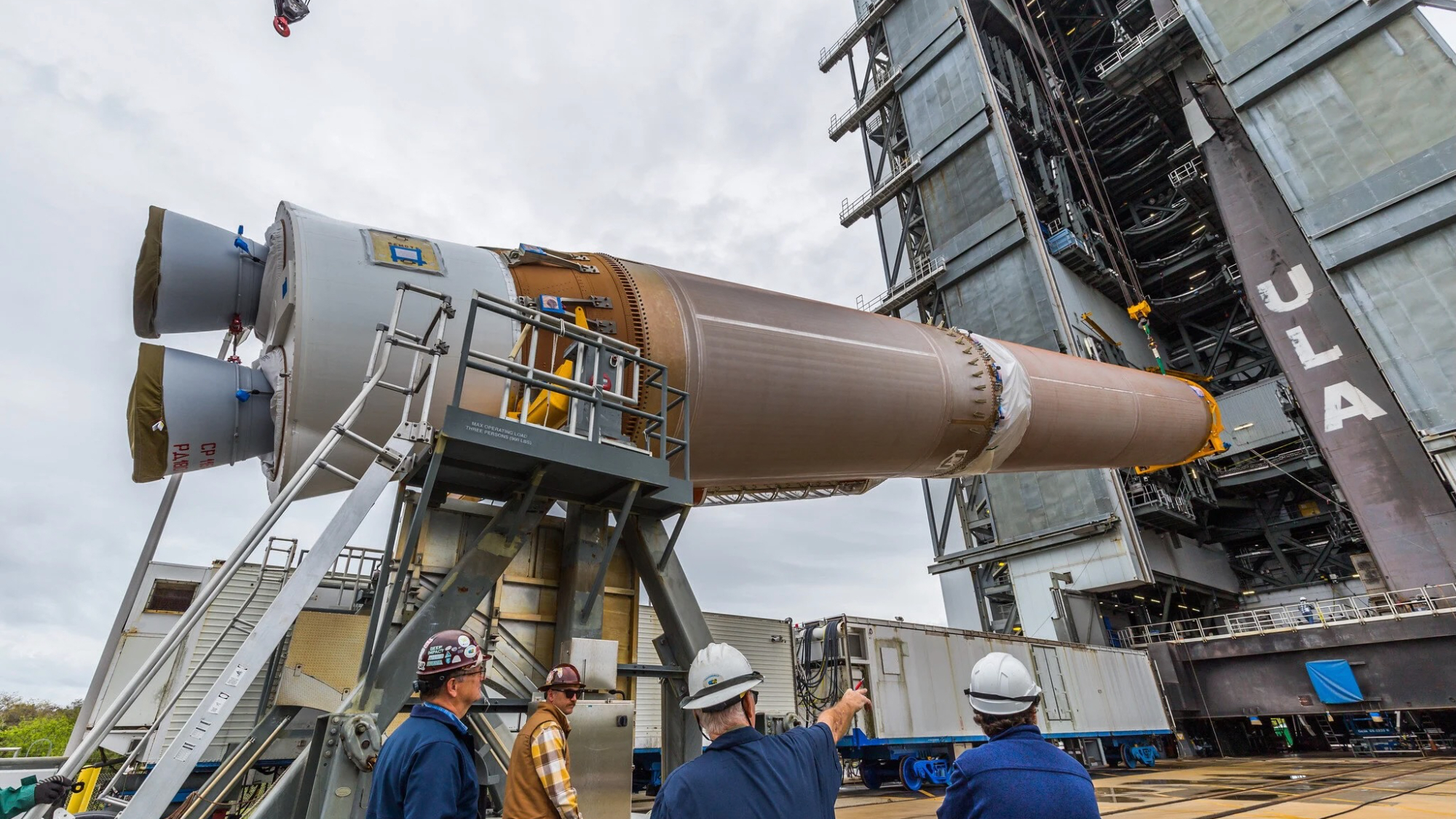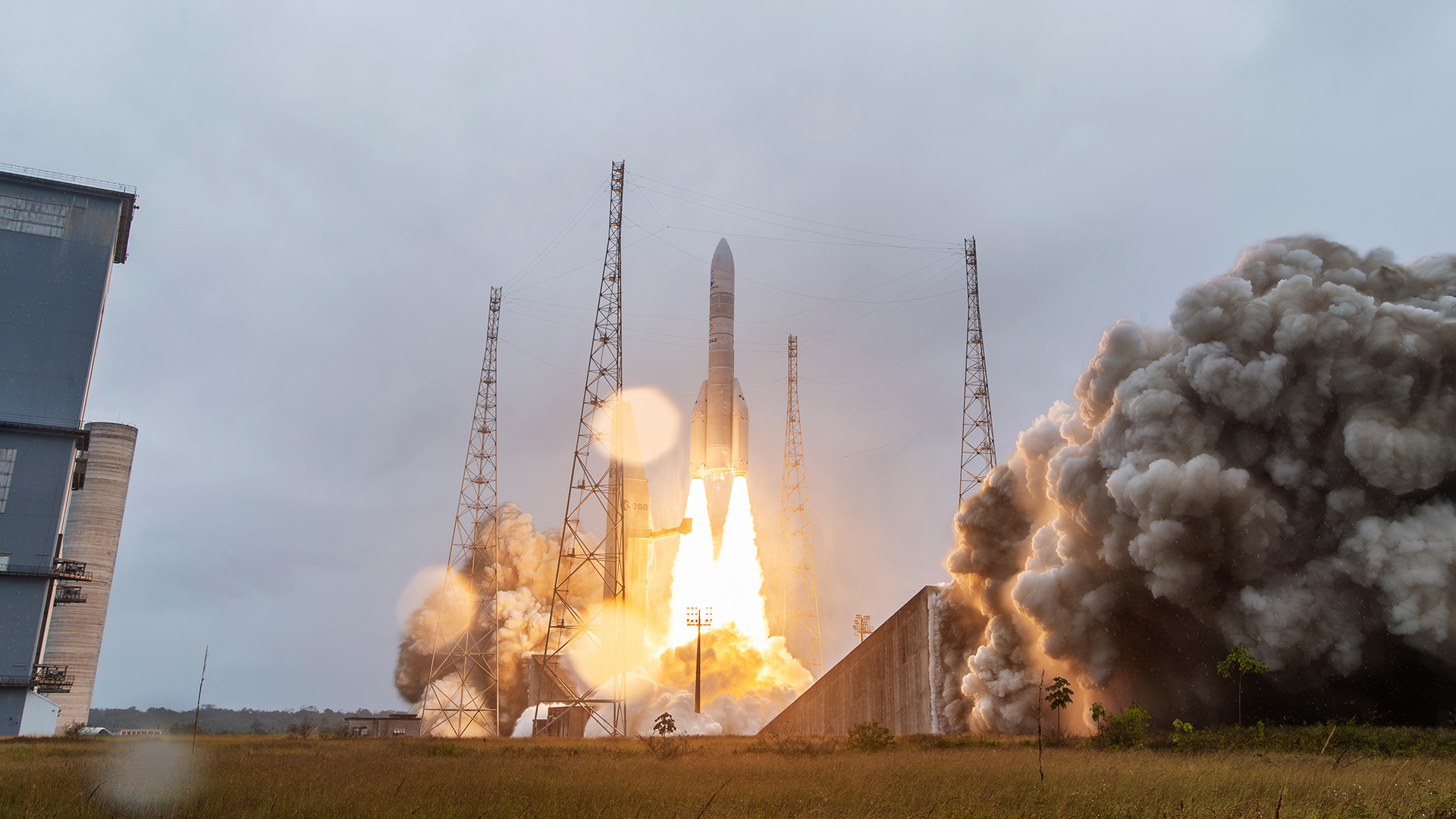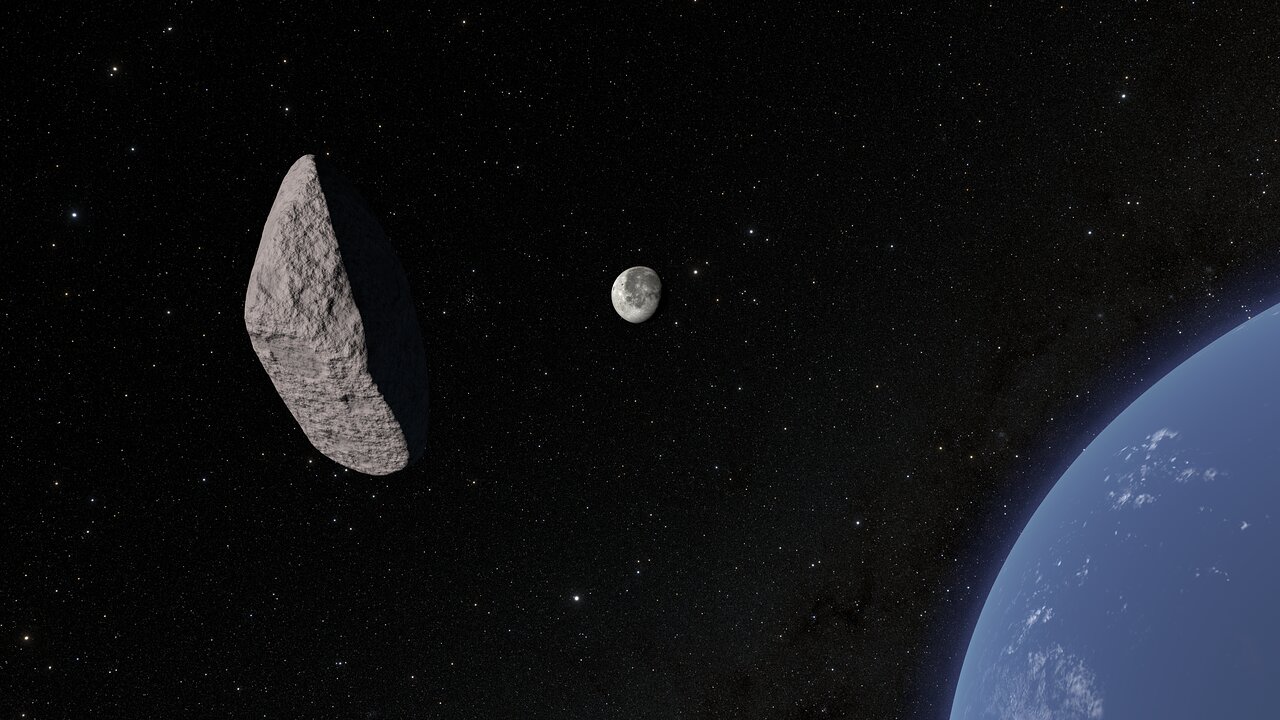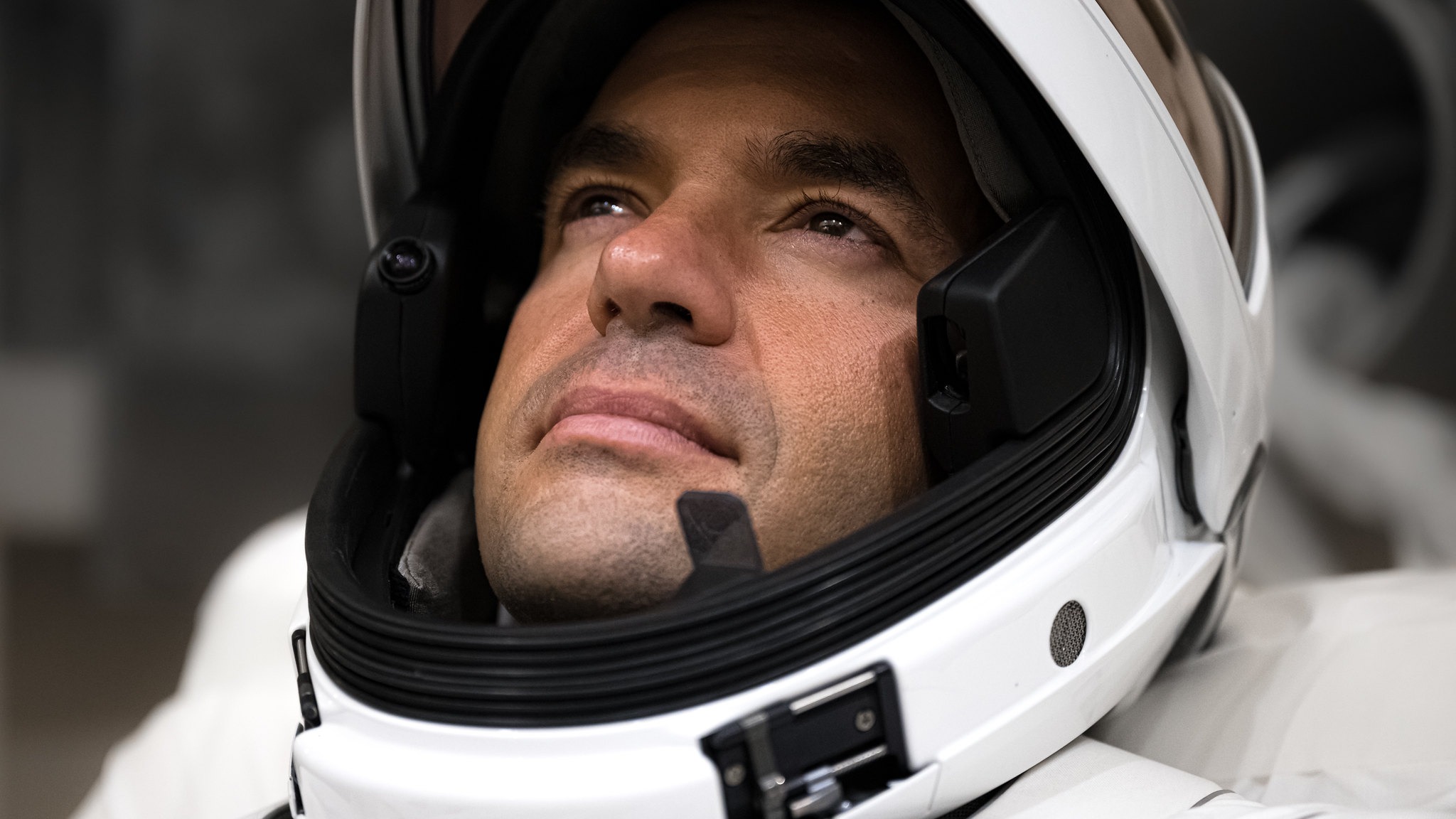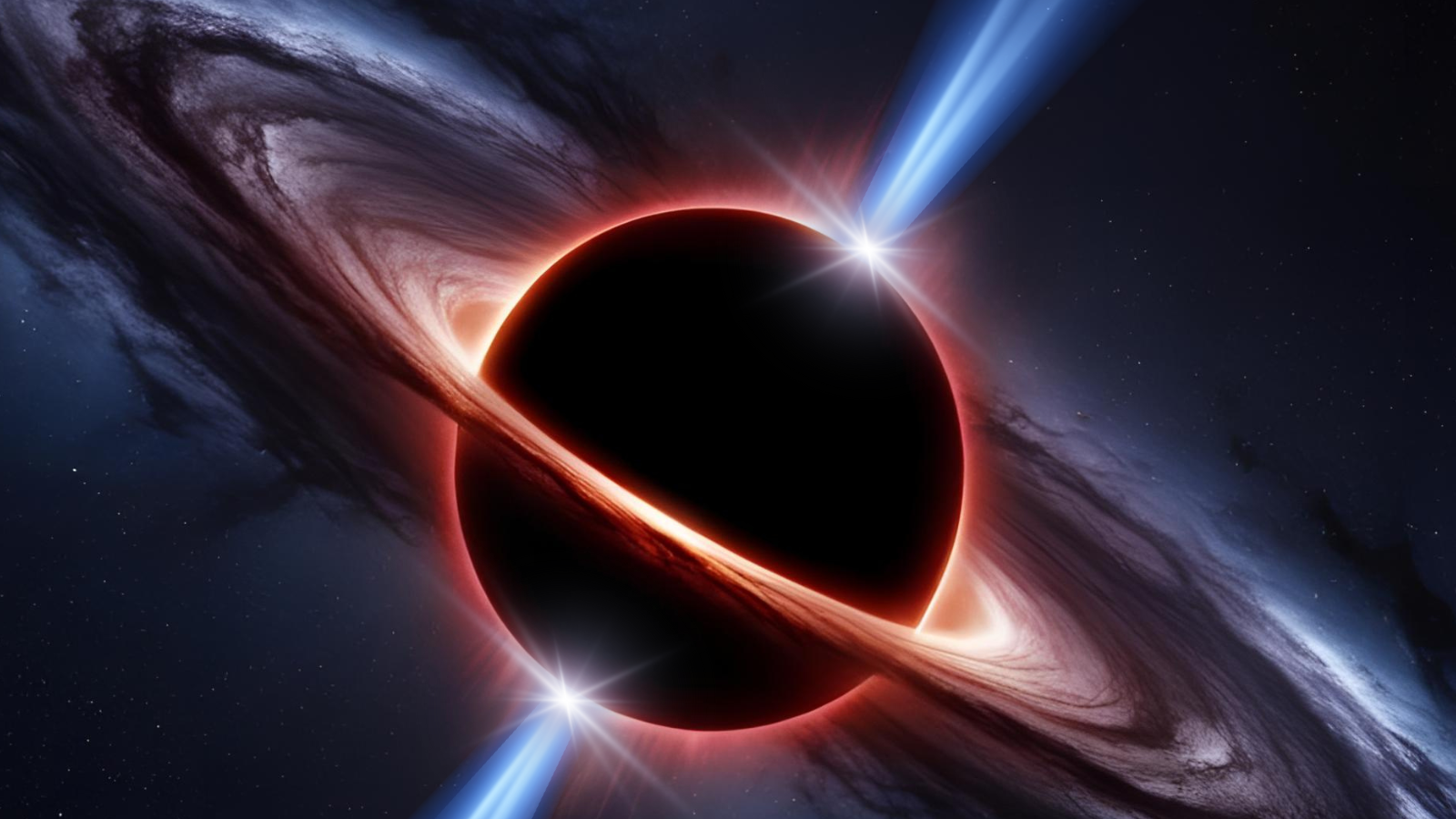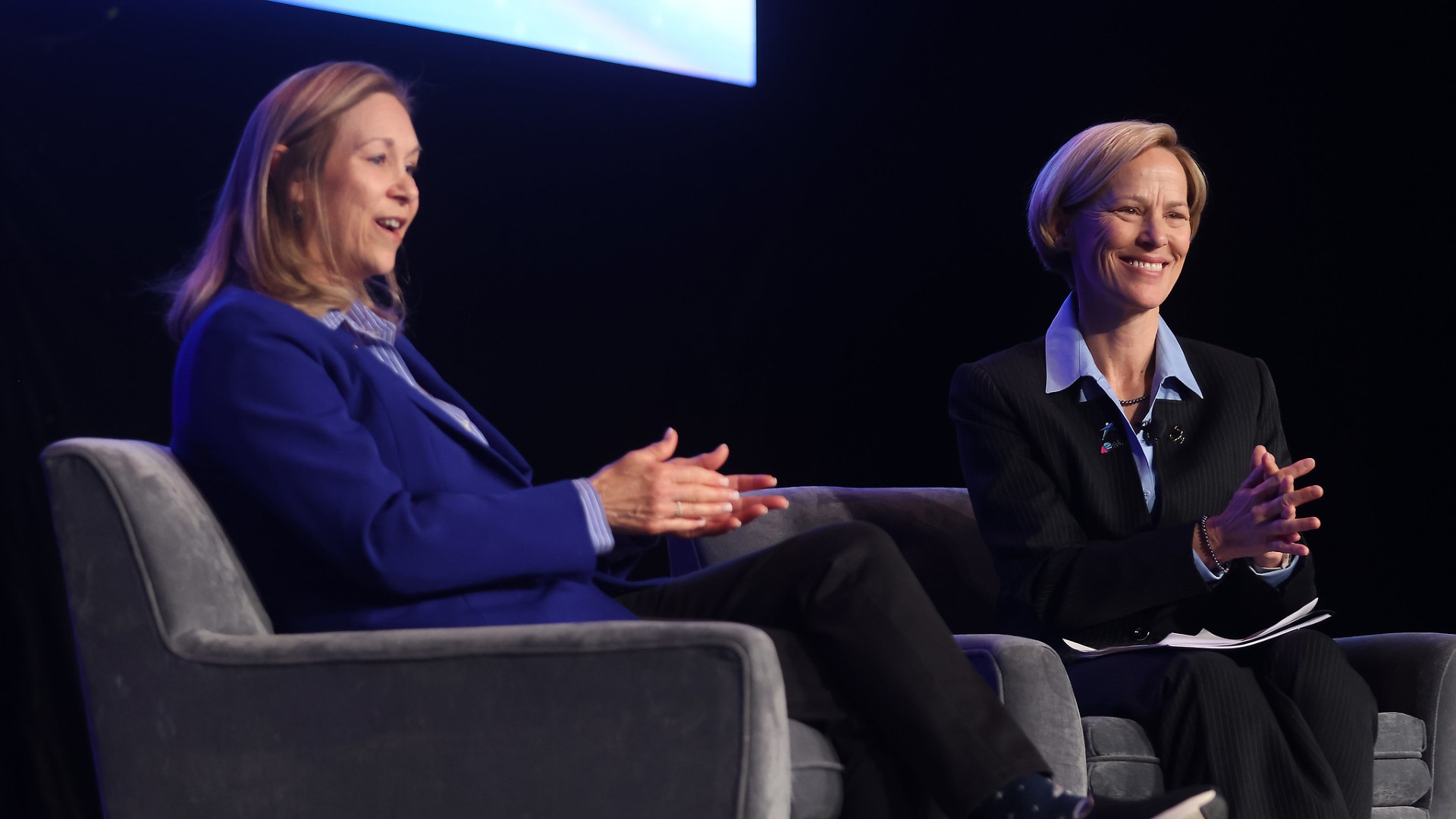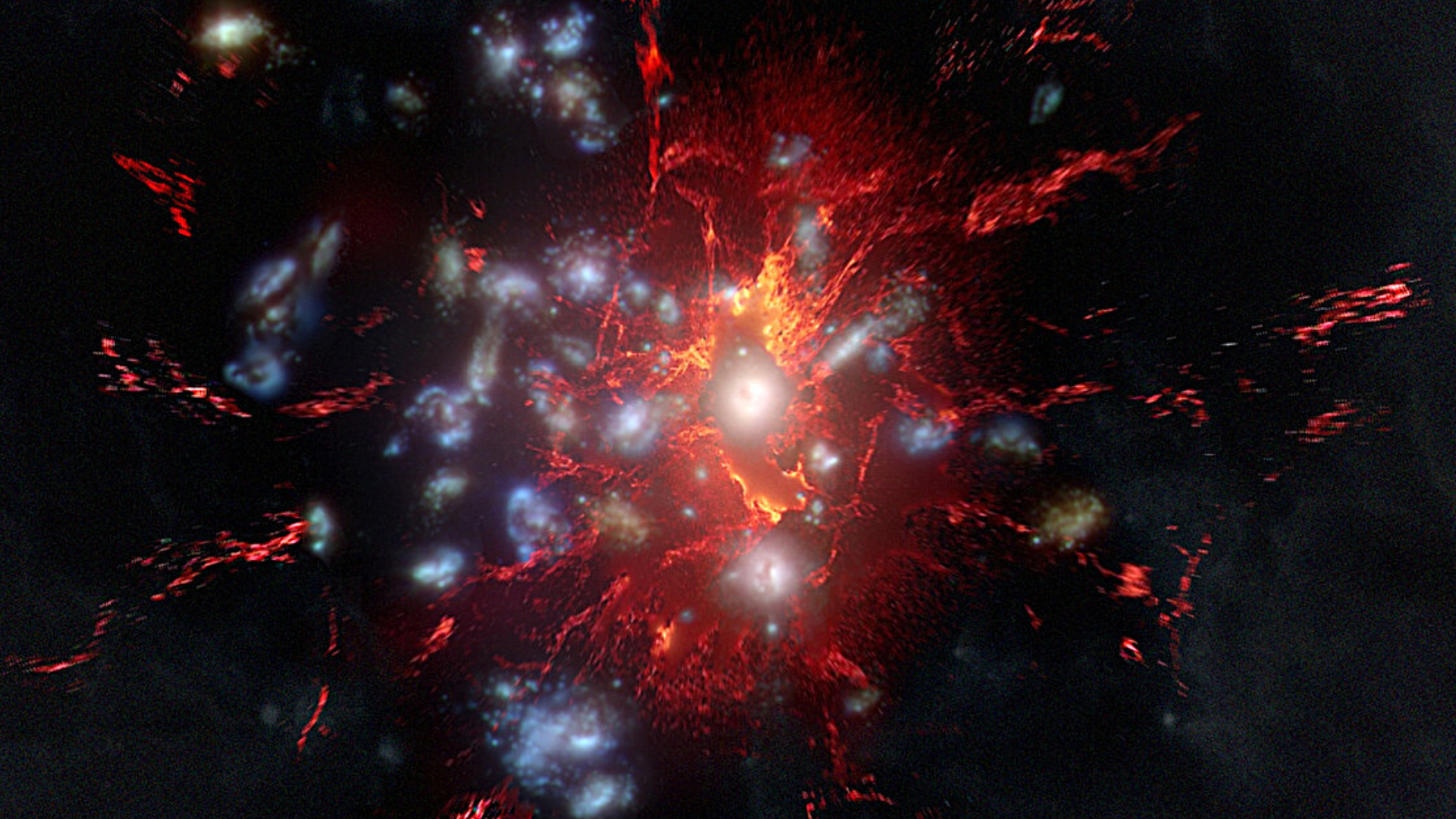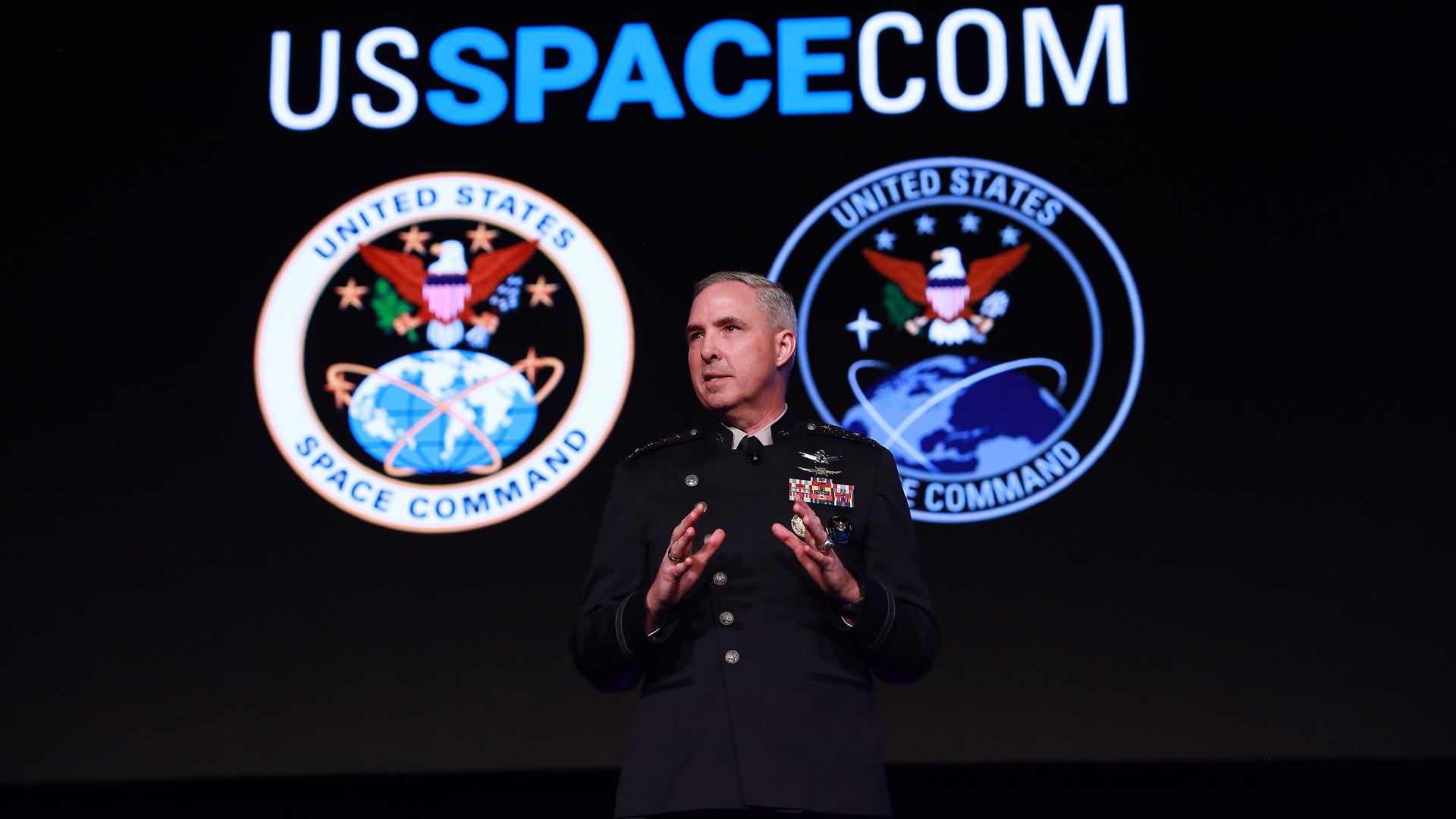Astronaut Makes 1st Sign Language Address from Space Station
An astronautliving in orbit has delivered the International Space Station's firstaddressto the deaf community.
NASAastronaut Tracy Caldwell Dyson recorded a six-minute video for deafchildren togive them a glimpse of what life as an astronaut is like. While AmericanSign Language (ASL) is the fourth most commonly used languagein the UnitedStates, it had never before been used on the space station, NASA saidin astatement.
In the video,Caldwell Dyson also discussed what inspired her, as a hearing person,to learnsign language.
"Longtime ago, when I was a young university student, I met a girl who'sdeaf; she'ssame as me, a sprinter on the track team," Caldwell Dyson said in ASL,according to a NASA translation. "So she taught me how to sign."
A ponytailbounced gently above Caldwell Dyson's head as she gestured to thecamera. [Videoof the space station sign language message.]
Later on incollege, she studied sign language along with her science coursework.Eventually, the two subjects connected when Caldwell Dyson encountereda deafstudent while teaching chemistry in graduate school. The young studentstruggledto keep up with the material because she couldn?t watch the teacher,read andwatch the interpreter at the same time.
"It wasa difficult and strange way to learn," Caldwell Dyson said in aseparateNASA interview, "but it was all she had and it opened my eyes to thechallenges deaf students in hearing universities face every day ?challengesthat hearing people take for granted."
Get the Space.com Newsletter
Breaking space news, the latest updates on rocket launches, skywatching events and more!
Theexperience had a deep and lasting impact on Caldwell Dyson. It alsotaught hernew words in sign language, such as for the signs for "chemistry" and"electrons."
"Onething I have learned is that deafpeople can do anything," Caldwell Dyson said. "The only thingthey can't do is hear. Maybe someday you can fly into space and live onthe ISS."
CaldwellDyson was inspired to film the video to encourage deaf students topursuescience ? and possibility even aim to be a part of NASA.
"Ultimately,this isn't really about me learning or knowing ASL," Caldwell Dysonsaid."This story should be an avenue for deaf students ? from children inkindergarten to college undergraduates to doctoral candidates ? to seethemselves belonging to this amazing thing called NASA andparticipating inscientific research and space exploration."
The videowas sent to many schools, NASA spokesperson Kelly Humphries toldSPACE.com.
Caldwell isthe first astronaut use signlanguage on the space station, but not the first person everto use signlanguage in space. Nearly two decades before her message from the spacestation, another NASA astronaut used American Sign Language, or ASL, tosend agreeting to hearing-impaired students encouraging them to consider acareer inthe space program.
In January1992, pilot Bill Readdy signed from onboard space shuttle Discoveryduring theSTS-42 mission. He was inspired by the work performed byhiscrewmates and himself to analyze the effects of microgravity on thehumanvestibular system ? how we hear and maintain balance.
"Today in our mission we are studying how gravity effects human life,"Readdy signed at the time. "Although you only see astronauts here inthespace shuttle there are many thousands of engineers and scientists thatmadethe original engineering, mission planning and, of course, the sciencethat isso very vital to this mission. There is room for anyone to participatein thespace program and to make a real contribution to the future health ofmankind."
Readdy's sign language message can be viewed here: http://www.collectspace.com/asl_readdy
- SignLanguage Improves Mental Abilities
- SameBrain Spots Handle Sign Language and Speaking
- Video? Space Station Astronaut's Sign Language Address
SPACE.comcontributor Robert Pearlman, editor of collectSPACE.com, contributed tothisreport from Houston.
Join our Space Forums to keep talking space on the latest missions, night sky and more! And if you have a news tip, correction or comment, let us know at: community@space.com.
Zoe Macintosh is a science writer who covered human spaceflight, astronomy and science for Space.com in 2010. She also covered general science for Space.com's sister site Live Science. Zoe studied English literature and physics at Smith College, where she also wrote for the Smith Sophian. Her work has also appeared in the National Association of Science Writers website.
